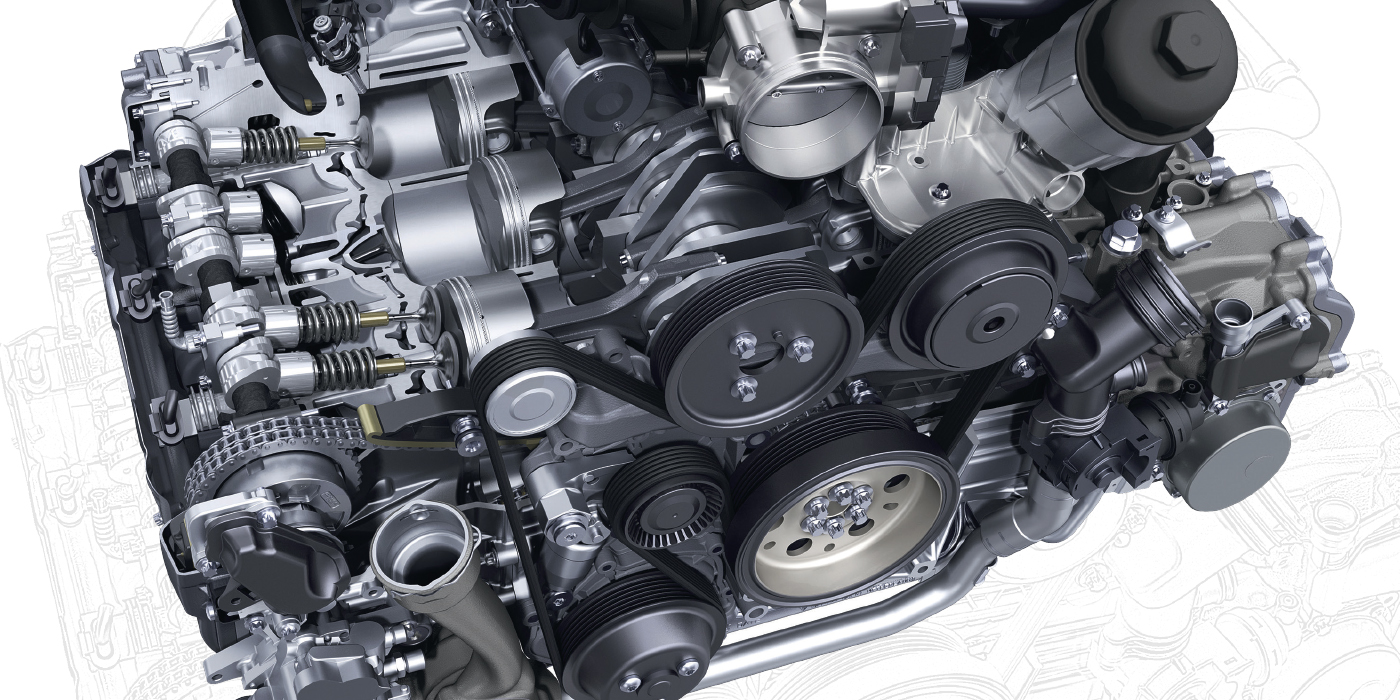 Most American production engines cannot accept more than .500" lift without modifying the valve guides. When installing a cam with more than .500˝ lift, it is absolutely essential that clearance between the valve spring retainer and guide be checked.
Most American production engines cannot accept more than .500" lift without modifying the valve guides. When installing a cam with more than .500˝ lift, it is absolutely essential that clearance between the valve spring retainer and guide be checked.
Do not attempt to operate an engine with less than .150˝ retainer-to-guide clearance. If you are using valve seals, check the clearance from the top of the seal rather than the top of the guide.
When using a flat tappet camshaft and high pressure valve springs with more than 130 lbs of seat load or 330 lbs of nose load, manufacturers such as Erson Cams recommend a 30 minute break-in period using only the outer springs. Install the inner spring only after the break-in period. Following this procedure will greatly reduce any chance of camshaft of lifter failure.
When installing a hydraulic lifter racing cam in an engine that does not have adjustable rocker arms, care must be taken to ensure that the lifter is still able to adjust itself. If the cam has more than .500" valve lift, or if the heads or block have been milled excessively, the engine must be converted to adjustable rockers or adjustable pushrods.
Tech Tip courtesy of Erson Cams. For more information, visit www.pbm-erson.com.













